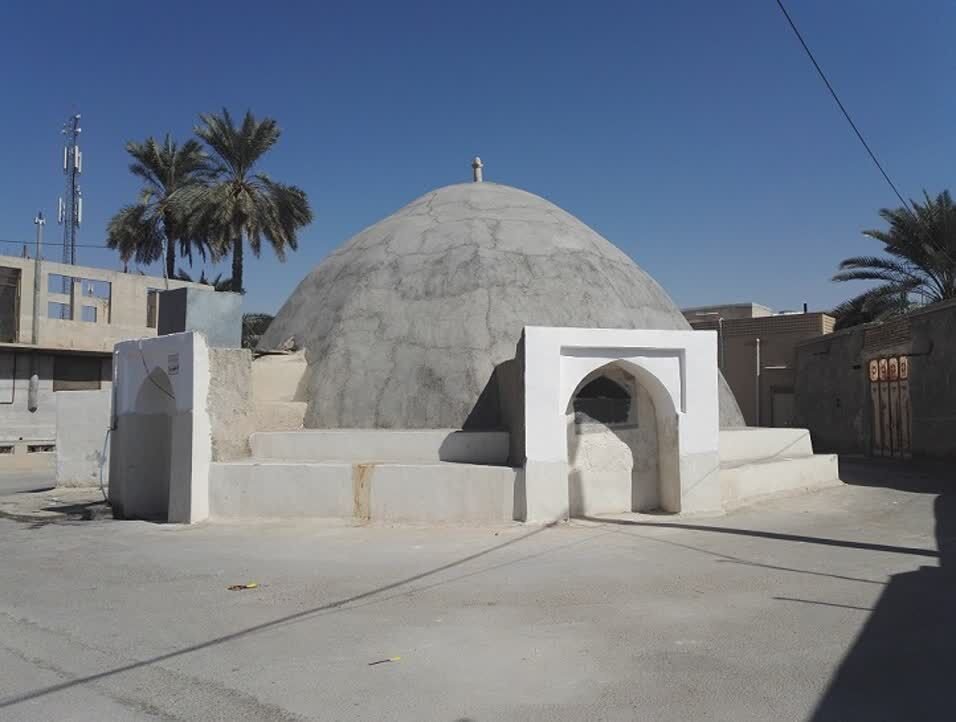Qajar-era cistern joins national heritage list

TEHRAN – Ab-Anbar-e Hasht-Pakh, a Qajar-era cistern recognized for its bizarre architectural design in Lar, has been officially registered on Iran’s national heritage list.
“The cistern dates historical roots back to the Qajar era and is distinguished by its unique architectural design,” said a local official in charge of cultural heritage on Thursday, “Hasht Pakh, named after its eight-sided (octagonal) exterior structure, features a remarkable combination of forms.”
Mohammad Sabet-Eqlidi further elaborated that while the exterior of the water reservoir is octagonal, the interior design reveals a dodecagon, or twelve-sided shape, a rare architectural feature in the construction of water cisterns in the region.
This cistern, he highlighted, is likely one of the few in the region with differing shapes between the interior and exterior.
The “Hasht-Pakh” cistern, with an interior diameter of approximately 11 meters and an exterior diameter of about 16 meters, covers an area of roughly 205 square meters and features four asymmetrical openings, the official noted.
The structure remains in good standing today and is considered culturally, artistically, and architecturally significant, according to the director-general.
In his final words, Sabet-Eqlidi emphasized that the cistern holds substantial value for preserving and documenting the traditional architectural techniques of Lar’s water reservoirs. “The distinct dome design and the twelve-sided plan of the dome add to its artistic and architectural merit, making it a unique example of its kind,” he winded up.
Lar county is situated in south-eastern Fars province, southern Iran.
XF/AM
Leave a Comment